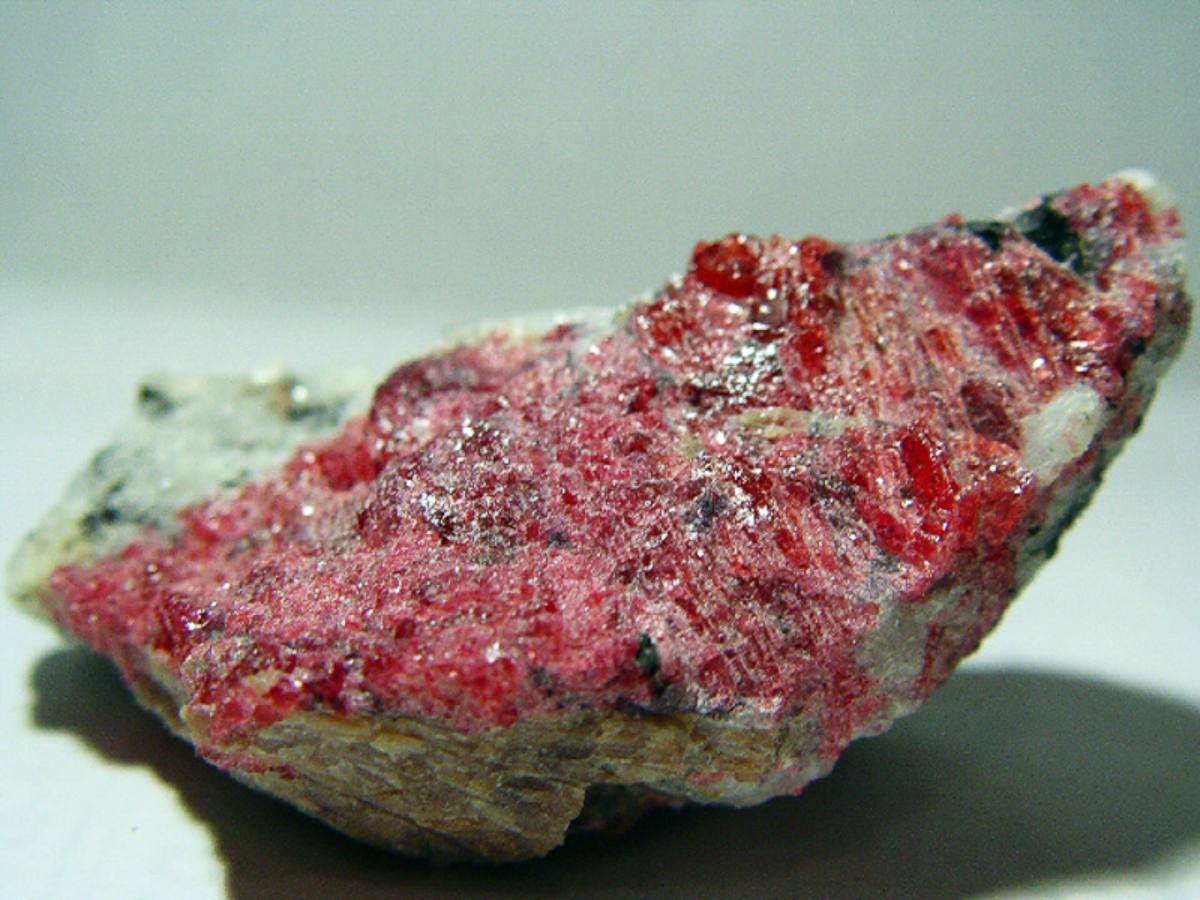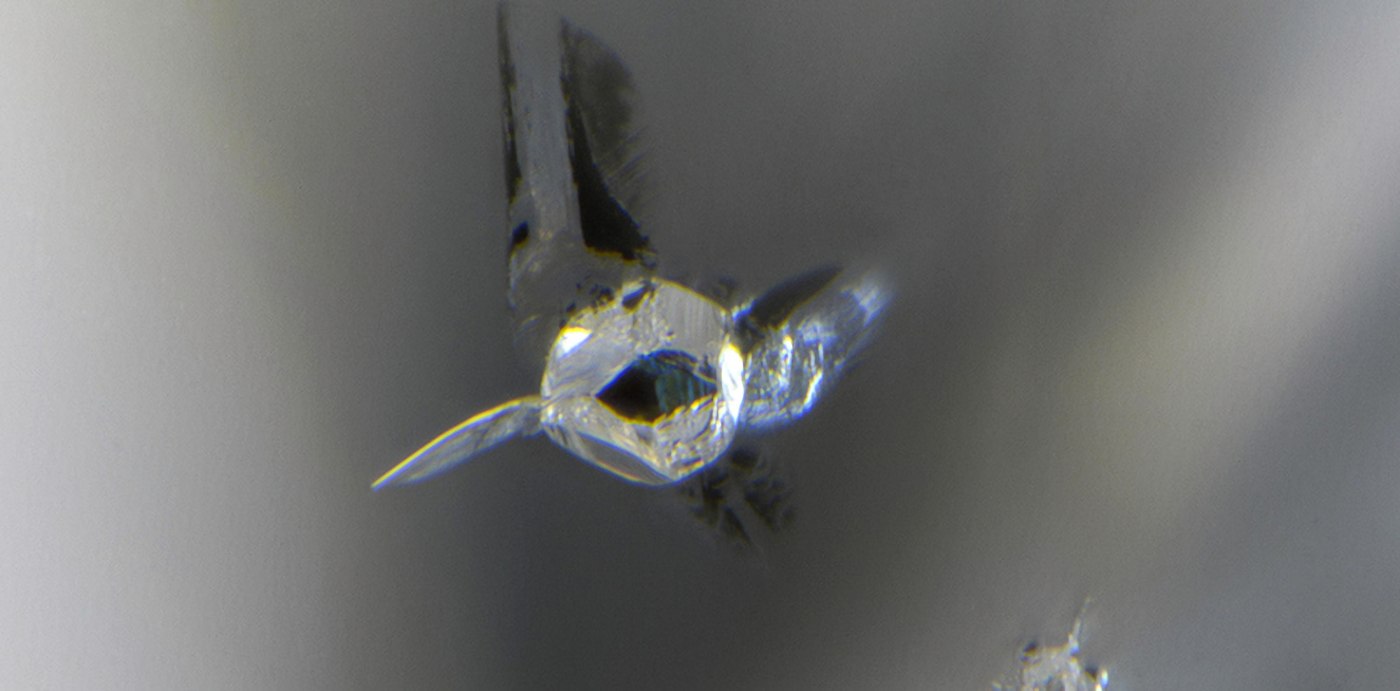On earth, several elements can only be found as minerals and not in their elemental states. For instance, silicon is almost always found in silicates, and many other metals may form compounds with oxygen, sulfur, or other non-metallic elements. Because of the unique structure of their crystals, some minerals can store a variety of atoms, which may subsequently be combined to generate a variety of different complex compounds. But what is the maximum number of these elements that exist in a mineral?
A record high
Mineralogists from the Canadian Museum of Natural History and the University of Copenhagen found at least one value in the very uncommon mineral eudialyte that sets a new record. This mineral, which may be pink to brownish in color, is a member of the ring silicates and is a significant source of raw materials for a variety of different products, including the precious metal zirconium.
After the first discovery of anomalies in X-ray crystallography, the scientists decided to dig more into the mysterious mineral in order to get to the bottom of it.
During this procedure, scientists made the compelling discovery that the highly complicated structure of the eudialyte material provides a multitude of potential “docking points” and niches for the intercalation of uncommon elements.
46 different elements
It was discovered that the eudialyte stores more than 46 distinct different elements in its structure. This discovery makes a notable contribution, both financially and otherwise, to the extraction of zirconium and other rare elements. During the period, many more forms of the eudialyte minerals have been unearthed.






